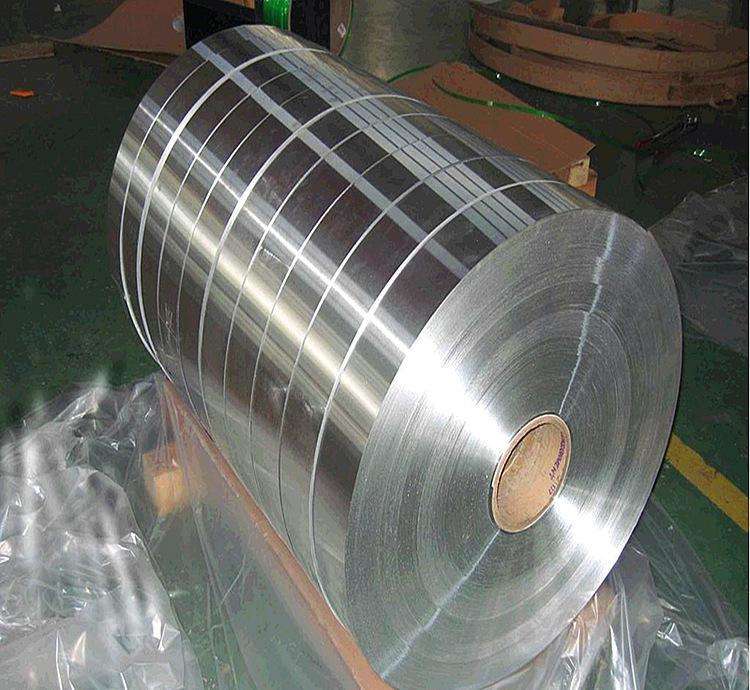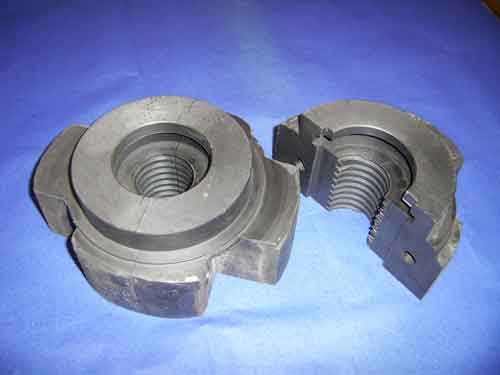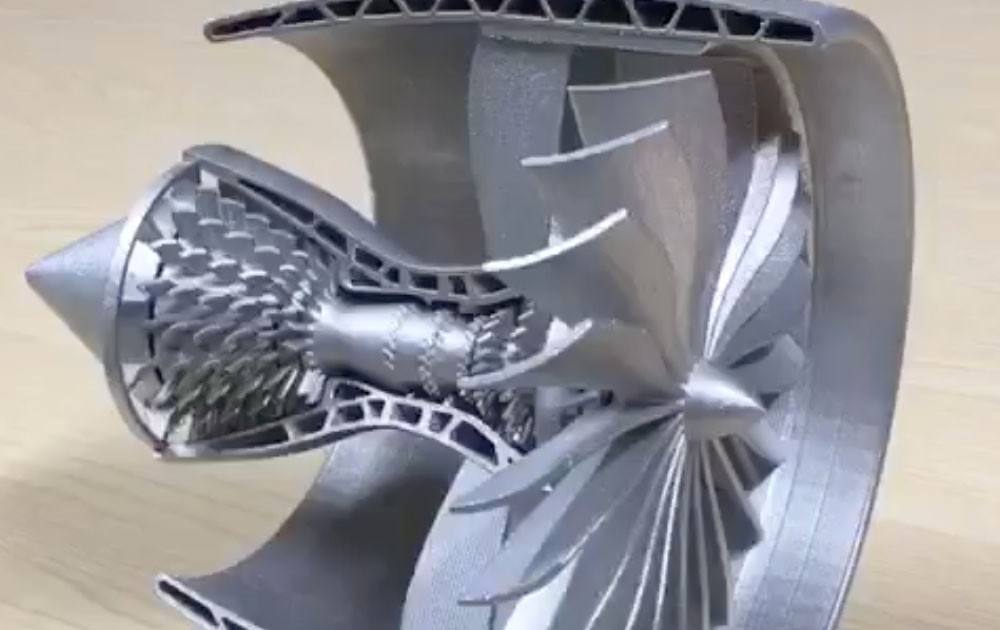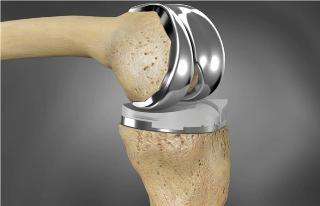Monel 400 alloy is a Ni-Cu corrosion-resistant alloy, belonging to the United States Monel alloy, equivalent to China's grade Ncu28-2.5-1.5, is a metal nickel based on the addition of copper, iron, manganese and other elements The alloy has a typical single-phase austenite structure and has excellent corrosion resistance and medium temperature strength. It is the corrosion-resistant nickel-copper alloy with the largest amount, the most versatile and the best comprehensive performance. The addition of copper increases the strength of nickel, increases the hardness, slightly reduces the plasticity, and increases the thermal conductivity, which improves the corrosion resistance of the alloy in the reducing medium, but reduces its corrosion resistance in the oxidizing medium.
Since the concentration and temperature of hydrochloric acid and the oxidizing environment can significantly enhance the corrosion effect on Monel 400, the moisture content in the organic material is controlled to prevent the formation of hydrochloric acid and to prevent the incorporation of oxidizing substances, thereby ensuring the normal service life of the equipment. Decisive role. Neutral chlorides and acid-oxidized chlorides can cause corrosion of materials. Common forms of corrosion are pitting, crevice corrosion and stress corrosion cracking.

Inconel 600
The Inconel 600 alloy is a Ni-Cr austenitic heat resistant alloy and belongs to the class of Inconel. Due to the high chromium content, the alloy has high strength and oxidation resistance at high temperatures. The high temperature mechanical properties are superior to those of general austenitic stainless steels with low Ni content, and the oxidation temperature can be as high as 1180 °C. The oxidation resistance and spalling properties of Inconel 600 alloy at 980 ° C are shown in the figure. The weight loss index is used to measure the ability of the material to maintain the protective oxide layer under cyclic temperature conditions, and compared with the other three materials, the performance is obvious. Better than 304 stainless steel, 309 stainless steel and Incoloy 800HT alloy.
Although the alloy is designed to withstand the high temperature environment, due to its high content of chromium and molybdenum, it has good corrosion resistance to many corrosive media, from highly oxidizing environments to general corrosive environments.

Hastelloy
Hastelloy alloys are available in series A, B, C, D, F, G, etc., and are widely used in hydrochloric acid, dilute sulfuric acid, phosphoric acid, nitric acid, organic acid, hydrofluoric acid, etc. The main applications are B and C series.
Hastelloy B is a Ni-Mo corrosion-resistant alloy. The addition of Mo improves the corrosion resistance, strength and high-temperature processability of nickel-based (solid solution). It has the remarkable advantage of being particularly resistant to corrosion in hydrochloric acid and not filled under normal pressure. Any temperature of air, any concentration of hydrochloric acid is corrosion resistant. However, the ability of the Ni-Mo alloy to resist oxidation of the medium is poor. When there is air in the hydrochloric acid, the corrosion rate of the alloy will increase significantly; in the oxidizing acid salt, for example, ferric chloride, copper chloride, iron sulfate , copper sulfate, etc. will be severely corroded.
HastelloyC is a Ni-Cr-Mo corrosion-resistant alloy. The alloy contains high Cr and Mo and has a single-phase austenite structure. The alloy is resistant to both oxidizing and resistive media, and is also oxidized-reduced. It is also corrosion-resistant in the composite acid medium. It has difficulty in corrosion resistance compared with other corrosion-resistant alloys in wet chlorine and chlorine-containing aqueous solutions, and is resistant to corrosion by any concentration of sulfuric acid solution below 70 °C. The corrosion resistance in hydrochloric acid is lower than that of Hastelloy B, but the corrosion rate is not higher than 0.10 mm/a at room temperature, and is not higher than 0.5 mm/a in various concentrations of hydrochloric acid at 65 °C. Whether or not oxygen is added to hydrochloric acid has no significant effect on corrosion resistance.
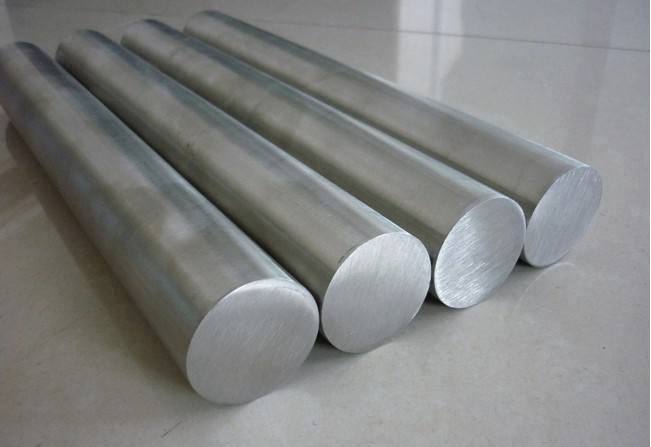
White copper BFe30-1-1
The copper alloy with nickel as the main alloying element is called white copper, and the white copper with the third element Fe based on Cu-Ni alloy is called iron white copper. The corrosion resistance of white copper is similar to that of pure copper, and the standard electrode potential of copper is high ( About +0.35V), the thermodynamic stability is also high. The high content of nickel in the alloy can significantly improve the strength, corrosion resistance, oxidation resistance and heat resistance of the alloy. A small amount of iron and manganese further enhance the strength and corrosion resistance of the alloy. Sex, especially for the erosion resistance of flowing seawater and turbulence. Since the standard electrode of copper is more positive than hydrogen, it is impossible to generate a hydrogen evolution reaction in a non-oxidizing acid, so copper is sufficient in a dilute and medium concentration non-oxidizing acid such as hydrochloric acid or sulfuric acid solution and stability.
